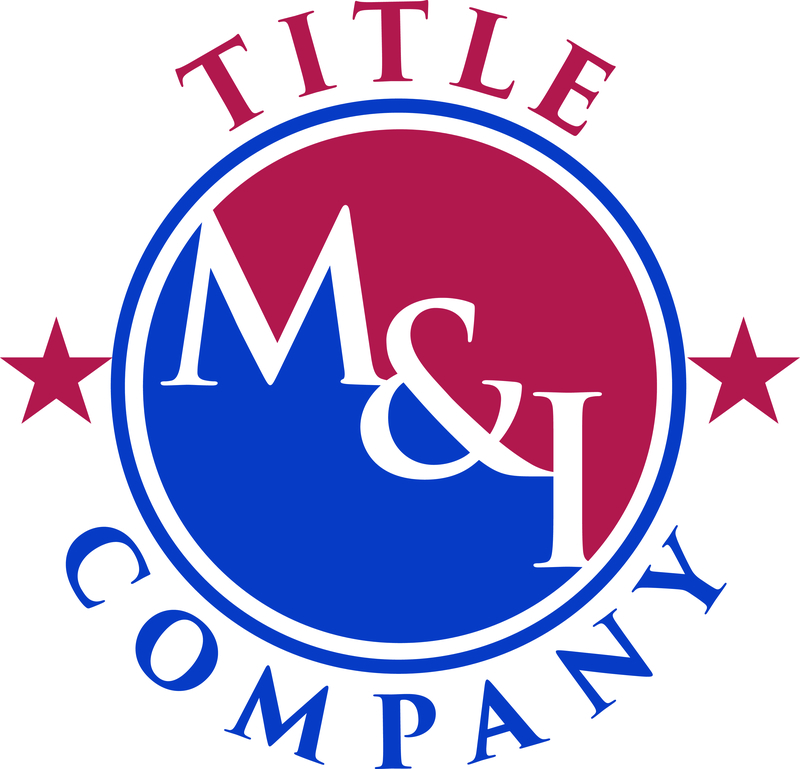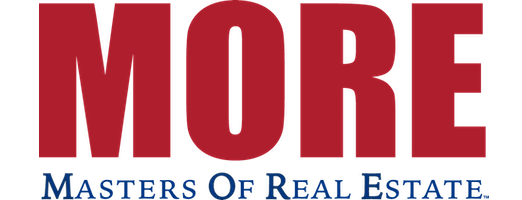
Dennis Norman
Last week a friend emailed me a link to a video titled “The Indymac Slap in Our Face” that was created by Think Big Work Small. I watched the video which gave a recap of the failure of Indymac bank back resulting in it’s seizure by the FDIC in July, 2008, and the ultimate sale by the FDIC of Indymac Bank to One West Bank in March, 2009.
 According to the video, One West Bank received a cushy, “sweetheart deal” and implied it was related to the fact that the owners of One West Bank include Goldman Sachs VP, Steven Mnuchin, billionaires George Soros and John Paulsen, and that “it’s good to have friends in high places.” Here is a recap of some of the “facts” of the deal they gave on the video:
According to the video, One West Bank received a cushy, “sweetheart deal” and implied it was related to the fact that the owners of One West Bank include Goldman Sachs VP, Steven Mnuchin, billionaires George Soros and John Paulsen, and that “it’s good to have friends in high places.” Here is a recap of some of the “facts” of the deal they gave on the video:
- One West Bank paid the FDIC 70 percent of the principal balance of all current residential loans
- One West Bank paid the FDIC 58 percent of the principal balance of all HELOC’s (Home Equity Lines of Credit)
- The FDIC agreed to cover 80 – 95 percent of One West’s loss on an Indymac loan as a result of a short sale or foreclosure.
- The kicker is, according to the video, is that the “loss” is computed based upon the original loan amount and not the amount One West paid for the loan.
On the video the hosts give an example of an “actual scenario” showing how the deal worked, below is a recap:
- One West Bank approved a short-sale of $241,000 on one of the Indymac loans it purchased from the FDIC (the total balance owed by the borrower at the time was $485,200).
- Based upon the terms of the loss sharing agreement, One West “lost” $244,200 on this transaction, 80 percent of which ($195,360) was paid to One West by the FDIC.
- So, One West received $241,000 from the short sale and $195,360 from the FDIC for a total of $436,360 on a loan they bought from the FDIC for $334,600, thereby resulting in a profit of $101,760 on the loan to One West.
- One last kicker, the video claims, in addition to making over $100,000 on the loan, since the house was sold for less than what the borrower owed, One West also made the borrower sign a promissory note for $75,000 of the short-fall.
Below is a link to the video if you want to watch it for yourself.
The video got me pretty fired up like I imagine it did most people that saw it. Afterall, our federal government is running up debt faster than ever before, the FDIC has had to take over a record number of banks in the past year and now a sweetheart deal for people that are “connected.” OK, I’ll admit it, I was a little jealous….a 30 percent profit, guaranted by the FDIC? And all I have to do is discourage borrowers from doing loan modifications and force short-sales and foreclosures? Easier than taking candy from a baby, huh?
Hmm….wait a minute though, the skeptic in me (especially when it comes to anything distributed via email) made me wonder if the video was accurate or was it misunderstanding the facts, taking facts out of context or simply just wrong? To the credit of Think Big Work Small they did have links on their site to the loss-sharing agreement they were referencing.
I went to the FDIC website and found what I believe to be the original Indymac sale agreement as well as the loss sharing agreement with One West Bank as well as a supplemental information document on the sale the FDIC published after the sale.
Following are some highlights from the FDIC “Fact Sheet” on the sale of IndyMac:
- The FDIC entered into a letter of internt to sell New IndyMac to IMB HoldCo, LLC, a thrift holding company controlled by IMB Management Holdings, LOP for approximately $13.9 billion. IMB holdCo is owned by a consortium of private equity investors led by Steven T. Mnuchin of Dune Capital Management LP.
- The FDIC has agreed to share losses on a portfolio of qualifying loans with New IndyMac assuming the first 20 percent of losses, after which the FDIC will share losses 80/20 for the next 10 percent and 95/5 thereafter.
- Under a participation structure on approximately $2 billion portfolio of construction and other loans, the FDIC will receive a majority of all cash flows generated.
- When the transaction is closed, IMB HoldCo will put $1.3 billion in cash in New IndyMac to capitalize it.
- In an overview of the Consortium it does identify “Paulson & Co” as a member as well as “SSP Offshore LLC”, which is managed by Soros Fund Management.
Just about the time I finished researching everything for this article I received a press release from the FDIC in response to the video which stated “It is unfortunate but necessary to respond to the blatantly false claims in a web video that is being circulated about the loss-sharing agreement between the FDIC and One West Bank.” The press release goes on to give these “facts” about the deal:
- One West has “not been paid one penny by the FDIC” in loss-share claims.
- The loss-shre agreement is limited to 7 percent of the total assets that One West services.
- One West must first take more than $2.5 billion in losses before it can make a loss-share claim on owned assets.
- In order to be paid through loss share, One West must have adhered to the Home Affordable Modification Plan (HAMP).
The last paragraph starts with “this video has no credibility.”
My Analysis
Before I get into this, I need to point out that while I have reviewed the sale agreement between the FDIC and One West as well as the loss-sharing agreement, watched the video above and read the FDIC’s press release, this is complicated stuff and not easy to understand. However, I think I have my arms around the deal somewhat so the following is my best guess analysis of the IndyMac deal with regard to the loss-sharing provision:
- The FDIC says the loss sharing agreement only applies to 7 percent of the IndyMac Loans serviced by One West. It appears there is $157.7 billion in loans serviced, 7 percent of that amount is about $11 billion. So my guess is the loss-share applies to about $11 billion worth of loans.
- One West agreed to a “First Loss Amount” of 20 percent of the shared-loss loans. The attachment for this was blank but the FDIC’s press release indicates this amount is $2.5 Billion. If that is the case then the total amount of loans the loss-share provision applies to is $12.5 billion. Obviously there is a $1.5 billion discrepancy between my calculation above and here (what’s $1.5 billion among friends?) but I’m going to go with the $12.5 billion because the amount of loans serviced I referenced may have been adusted at closing.
- One West purchased the $12.5 billion in loans covered by the loss-sharing agreement for less than $8.75 billion. I say “less than” $8.75 billion as that is 70 percent of the loan amount which represents the amount One-West paid for residential loans that were current. The amount paid for current HELOC’s was only 58 percent and the price for delinquent mortgages went as low as 55 percent and as low as 37.75 percent for delinquent HELOC’s. Therefore I would assume the actual price paid by One-West was less than the $8.75 billion.
- Once One West has covered $2.5 billion in losses, then the FDIC starts covering 80 percent of the losses up to a threshold at which time the FDIC covers 95 percent of the losses. Figuring out the threshold was a little trickier…I see a reference to 30 percent of the total loans covered by the loss-share so I’m going to use that which works out to $3.75 billion.
Now let’s figure the profit One West stands to make on the loans covered by the Loss-Share agreement;
- If all the borrowers would pay off their loans in full, not less than $3.75 billion (not likely though that all borrowers will pay off in full).
- Let’s be real pessimistic and look at the “worst-case” scenario: Lets say 100 percent of the loans bought by One West (covered by the loss-share) go bad and have to be short-sales or foreclosures at a loss. For the sake of conversation lets say the losses equal 40 percent of the loan amount, or $5 billion ($12.5 billion times 40 percent).
- One West would have to cover the first $2.5 billion at which time the 80/20 rule would kick in for the next $1.25 billion in losses resulting in One West recovering $1.0 billion of those losses from the FDIC. Then for the next $1.25 billion ($3.75 to $5 billion) One West would recover 95 percent of the loss fro the FDIC or $1.1875 billion.
- Recap: Of the $12.5 billion in loans, under the scenario above, One West would have realized $7.5 billion from foreclosures or short sales (60 percent of the debt) and would have recovered $2.1875 billion from the FDIC of the $5 billion in losses, for a total to One West of $9.6875 billion for loans they paid not more than $8.75 billion for a profit of a little less than $1 billion.
- One West would have to cover the first $2.5 billion at which time the 80/20 rule would kick in for the next $1.25 billion in losses resulting in One West recovering $1.0 billion of those losses from the FDIC. Then for the next $1.25 billion ($3.75 to $5 billion) One West would recover 95 percent of the loss fro the FDIC or $1.1875 billion.
Keep in mind, my analysis above is based somewhat on fact and some on speculation and my “profit” scenario is based purely on speculation and pretty negative assumptions as to loan losses. This coupled with the fact that, as I stated above, One West probably bought the loans for less than I indicated, probably makes this a better deal with more than the $1 billion profit at the end of the day.
So is is a sweetheart deal or not? You be the judge…
One thing to keep in mind is the investors only put $1.3 billion cash into the deal to buy IndyMac, and they got a lot more than just the loans covered by the loss-sharing agreement. I’m thinking it’s a pretty good deal and one I probably would have jumped on…well, if I had $1.3 billion sitting around doing nothing…



Leave a Reply
You must be logged in to post a comment.